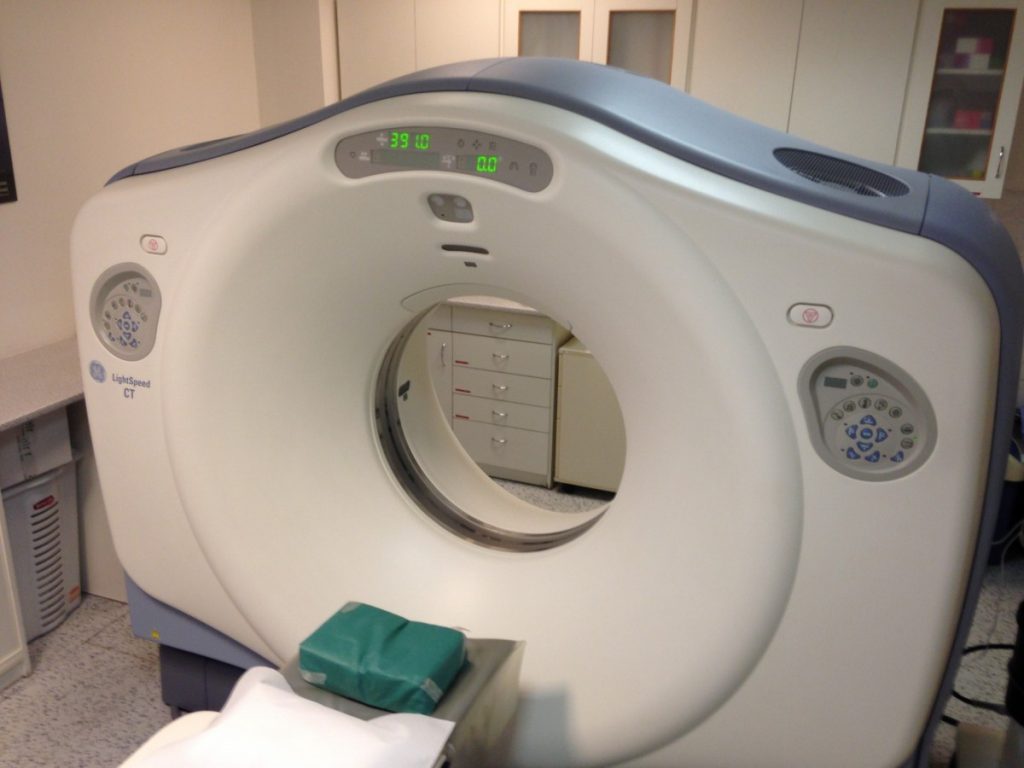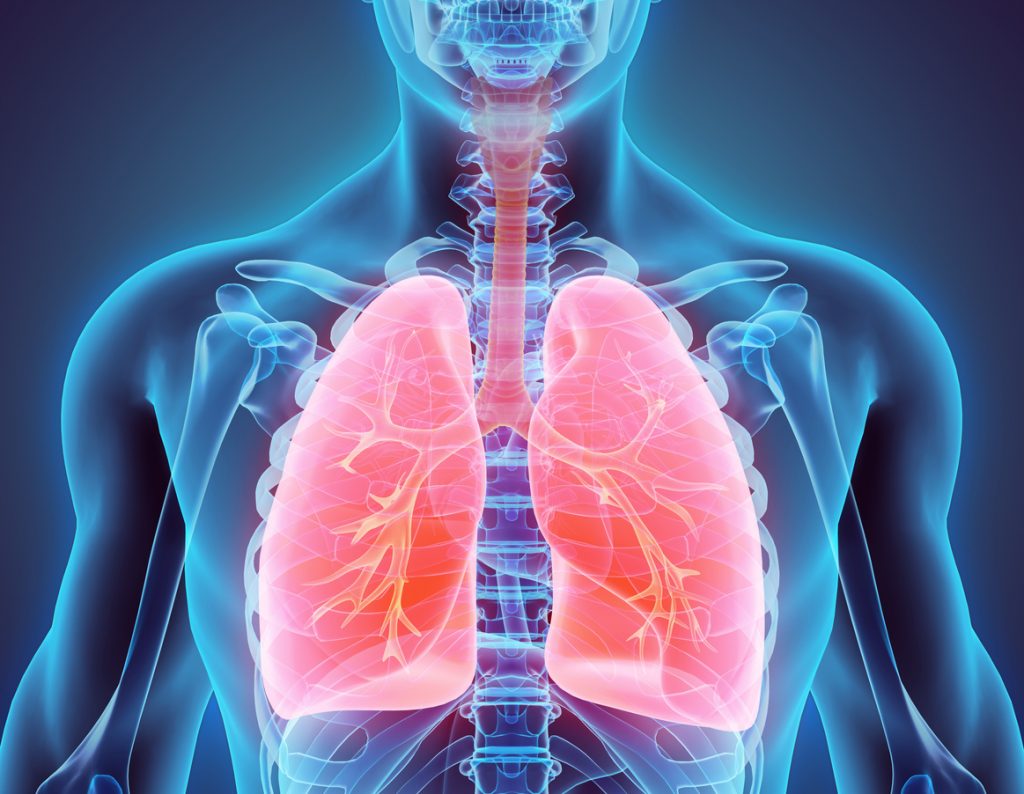Asthma Foundation NSW has marked the official start to winter by urging consumers to choose their winter heating options carefully as they can dramatically impact on health. Winter is a traditionally tough time for the 1:10 adults and children who live with asthma in Australia. The change in temperature can affect sensitive airways and along with flu and other viruses results in a sharp increase in GP visits, hospitalisations and deaths. According to the Australian Bureau of Statistics many of the 378 deaths recorded during 2011 occurred during the winter months. “We were alarmed to discover from our most recent survey that only a third of people made the link between heating choices and health and only a tiny percentage saw it as a priority when making heating choices,” said Michele Goldman, CEO of Asthma Foundation NSW.
The survey of some 800 NSW consumers, 40% with asthma and 60% without, shows that only 32% of people think their heating choices will impact on their health. Health was the main priority for only 7% when choosing what method of heating to use. The main factors influencing choice were warmth (25%) and whatever they had available in their homes (19%). Surprisingly, only 21% cited the cost of an appliance or the fuel as an important factor in their choice.
The most popular forms of heating amongst respondents were: reverse cycle or ducted electrical heating (chosen mostly for health reasons) (33%), electric heating (17%), unflued gas heaters (16%) and wood/ coal burning (14%).
“Consumers have a wide array of heating options to choose from, but there is very little easily accessible, scientifically verifiable information available about how they might affect the health of consumers, their families and those living around them,” said Ms Goldman.
“An education campaign is urgently needed. We do it for food, alcohol, tobacco, sun exposure, but for some reason we don’t do it for heating – despite compelling scientific evidence that the smoke, gases and vapours generated by heating appliances directly affects our health, particularly people with respiratory conditions like asthma.”
The survey also revealed that 16% respondents named unflued gas heaters as their principal source of heating. They have long been an area of concern for the Foundation who campaigned hard to have them removed from schools in NSW – as they have been in all other Australian states.
“I think our schools campaign raised awareness of the risks to children in schools, but according to the many respondents who shared their stories they pose just as great a risk to health in the home,” said Ms Goldman.
Their low running costs makes them popular, but they can emit poisonous gases such as Carbon Monoxide and Formaldehyde as well as Nitrogen Dioxide (NO2) which is associated with respiratory distress and increased rates of asthma,” said Ms Goldman.
“Rooms must be properly ventilated by an open window and they should never be used in bathrooms, caravans, or bedrooms – especially with sleeping children. Gas heaters also produce water vapour, resulting in increased humidity, the growth of moulds or other microorganisms, which can exacerbate asthma symptoms,” said Ms Goldman.
Get on top of your general health
Find and instantly book affordable GPs within Australia
One respondent recounted:
“I used to have the unflued gas heater thinking it would have a less impact on the environment, however, my son’s asthma suffered as a result. The cost of purchasing and installing a flued gas heater was just too expensive. After [my daughter had] continuous asthma attacks over winter we looked into our heating situation. We were using a natural gas heater, we stopped and her asthma improved.”
Asthma Foundation NSW recommends that people with gas heaters have a flue or vent fitted which takes the harmful gases outside the house and that gas appliances be inspected by a licensed gas fitter at least every two years to prevent a possible tragedy.
Wood/ coal burning was a popular that people were heating their homes (14%) however these can also have health and environmental impacts.
“Although they have grown in popularity following the increases in power bills, they may be surprised to learn that wood smoke is the primary source of air pollution, during winter,” said Ms Goldman.
“In Sydney 50% of air pollution can be attributed to wood smoke in the winter months , which is more than three times as much as motor vehicles. In colder areas of NSW the average new wood heater emits as much PM2.5 pollution as 370 new diesel SUV each travelling 20,000 km per year. Wood burning stoves is the largest “hidden” source of air pollution in Australia.”
Wood smoke contains a number of noxious gases, organic compounds and fine particles (PM2.5 and smaller) which go deep into the lungs and can cause heart and respiratory problems and cancer. In scientific testing wood smoke has been shown to be more hazardous than cigarette smoke.
Wood smoke can act a trigger for asthma symptoms and some the respondents told us how it impacted them:
“I cannot breathe well if in a place where there is wood heating, as the smoke affects my breathing.”
“[I’m] surrounded by wood fires, my asthma is definitely triggered when I go outside.”
A recent NSW Government report estimates that wood smoke will add $8b to the NSW health budget in the next 20 years – that’s $22,000 for every one of the 360,000 wood heaters in the state. Asthma Foundation NSW is presently urging the Federal Government to pass new regulations to retire older models, limit the emissions from new models and provide better education for those using wood burning stoves.
“I would urge all consumers to look again at their heating options, especially if they are living with asthma,” said Ms Goldman.
(Source: Asthma Foundation NSW)
All content and media on the HealthEngine Blog is created and published online for informational purposes only. It is not intended to be a substitute for professional medical advice and should not be relied on as health or personal advice. Always seek the guidance of your doctor or other qualified health professional with any questions you may have regarding your health or a medical condition. Never disregard the advice of a medical professional, or delay in seeking it because of something you have read on this Website. If you think you may have a medical emergency, call your doctor, go to the nearest hospital emergency department, or call the emergency services immediately.







